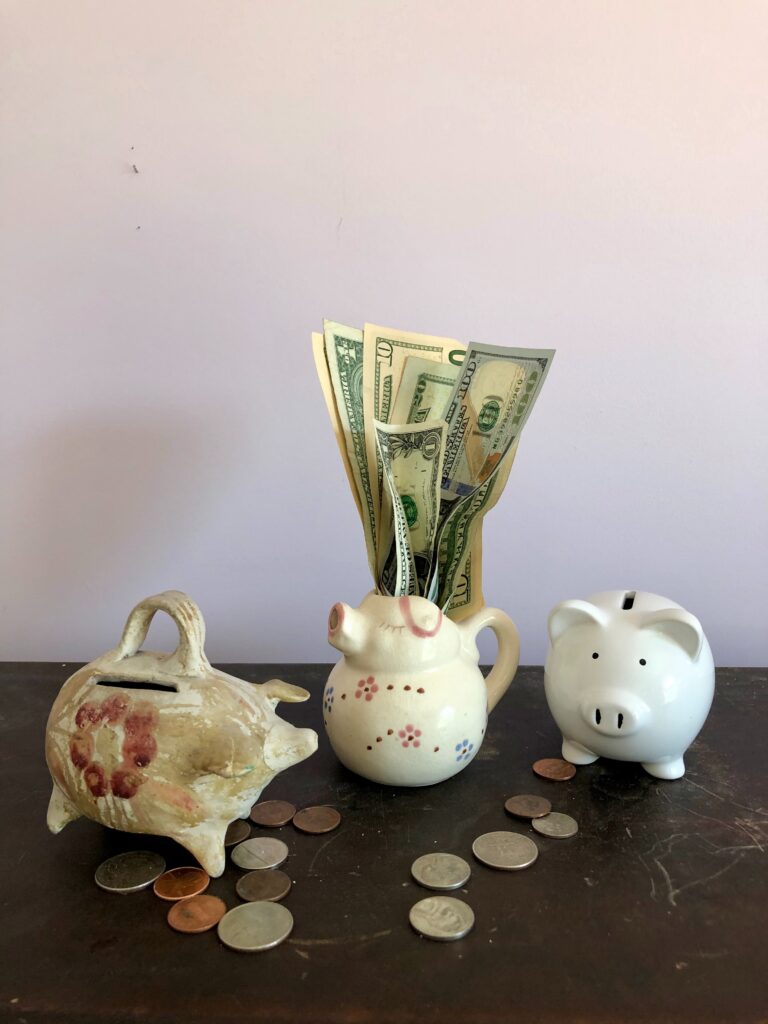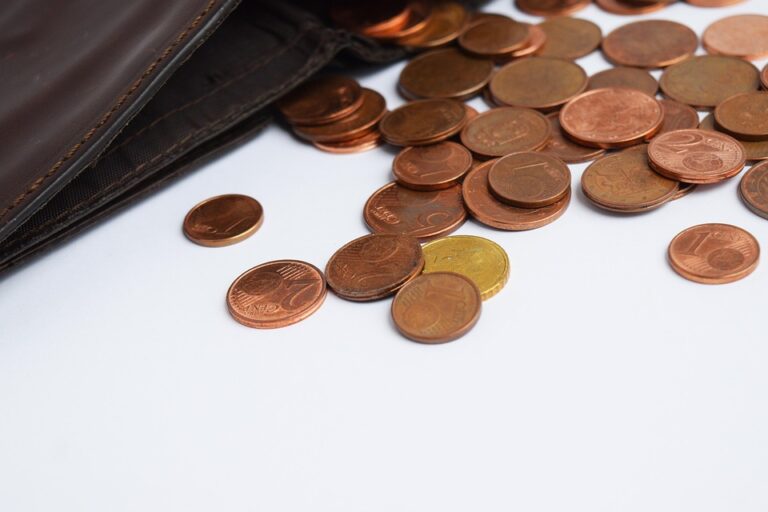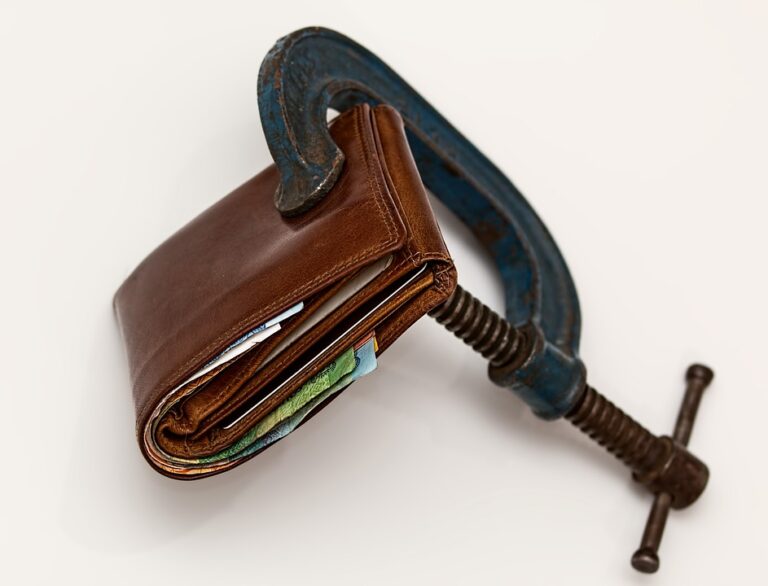Last updated Sep. 27, 2023 by Jessica Green
12+ Simple Ways To Save Money
If you cannot get yourself to save money, there’s a high chance you need to use a right or realistic savings method.
Use the simple ways listed in this article to save money.
Simple Ways To Save Money
Pay Off Your Debts
Paying off debts is an effective way to save money.
Debts are financial burdens. Once you owe a loan, saving becomes difficult as every income you receive goes into paying off the loan and interest. Thus, in order to save, you need to clear out potholes that could prevent effective saving.
Here are the fastest ways to pay off debts:
- Focus On One Debt At A Time: Trying to pay off all your debts simultaneously can overwhelm you. Thus, it is advisable to target one debt at a time. You can pay off high-interest debt first before moving on to other debts. Or you can pay off the smallest debts and move to the highest.
- Deposit More Than The Minimum Monthly Payments: You don’t have to stick to the monthly payments. Pay above the minimum monthly payment to reduce your debt balance.
- Consolidate Debts: Adding all your debts into one payment makes it easy to manage and reduces your interest rate.
- Reduce Your Expenses: Cut down on spending and use the extra money to pay off your debts.
Once debts are paid off, you’ll have enough personal income to put into savings.
Create Saving Goals
Goals are important to help you stay motivated. It also gives you direction and makes you accountable. Thus, if you’re trying to save money, it is important to create a goal.
The first step to setting a saving goal is envisioning the life you want for yourself. Once you create a bright image of your future self, it becomes easy to know what you want. Knowing what you want enables you to create a goal. Once the goal is set, you’ll stay motivated to save.
However, staying motivated to save is not as easy as it seems. Most people do not reach their saving goals even when motivated. Here’s an effective way to set savings goals.
- Set a realistic goal: The reason you don’t achieve most of your goals is because most of them are unrealistic. Try to understand your financial situation and aim for what you’re capable of achieving.
- Create a Savings Account: create an account with a high-interest rate to earn interest on your savings. Do not deposit your savings in your personal bank account, as you can be tempted into spending it.
- State the amount to save each day, week, or month. It is important to set a realistic amount.
Another Interesting Article: How to Save $10,000 in a Year
Use A Prepaid Card
A prepaid card is similar to a debit card. However, it is not linked to a bank account and acts more like a gift card.
If you cannot control your spending habits, it is advisable to use a prepaid card. A prepaid card lets you spend only the amount you put into it. For example, if you transfer $600, your spending budget for a month, into a prepaid card, you’ll only be allowed to use $600 for the month. Once the $600 is exhausted, you’ll be left with nothing.
Suppose you’re likely to get into debt with a credit card, option for a prepaid card. It enables you to curb your expenses and stay on a budget, thereby boosting your savings plan.
Automate Your Savings

Use automation if you receive monthly income but find it difficult to save. It is one of the most effective and simple ways to save money.
You can set up your bank to automatically transfer a certain amount of money from your checking account to your savings account every month. Once this is done, you can save money without your knowledge.
Automation is useful for non-dedicated savers.
If you do not have a savings account, here are reliable apps that use automation to help you achieve your savings goal.
- Mint: Mint is an app that gives insight into your financial situation. It enables you to create budgets that fit your finances and lets you save, track, and improve your finances.
- Acorns: This investment app lets you save and invest your spare change. If you purchase an online item, Acorns will round up the amount to the next dollar and invest it on your behalf.
- Qapital: This app offers an interesting way to save money automatically. Once installed on your device, Qapital will request for your guilty pleasure. If your guilty pleasure is food, the app will automatically transfer a certain amount into your savings account each time you try to buy takeouts or food.
Restrict Online Shopping
Making purchases online can lead to overspending on unnecessary items. Thus, one way to stop this habit is by restricting online shopping on your device. Here are some ways to do this:
- Delete Your Card Details From Your Device: If you saved your billing information on your device, remove them and set it up so that you manually input the information each time you want to make a purchase – this prevents impulse buying.
- Uninstall Shopping Apps: You will find it difficult to make online purchases without shopping apps.
- Use the 24-hour Rule: Before you make an online purchase, wait 24 hours. If you still feel a need for the item after 24 hours, you should get it.
- Block Shopping Websites: If you uninstall shopping apps on your device, it’s easy to use a website to complete a purchase. To prevent yourself from doing this, block all shopping websites on your device.
- Unsubscribe From Newsletters: Prevent yourself from receiving tempting offers by unsubscribing from shopping newsletters.
Use Public Transportation
Using a personal car to transport yourself is convenient and comfortable. However, it is not recommendable if your goal is to save money.
Public transportation comes with tons of benefits. It saves you from fuel costs, insurance, maintenance bills, tax, and parking expenses. So, if you intend to cut down on your costs and save money, consider using public transportation.
Lower Utility Bills
Utility Bills are expenses you make on electricity, water, gas, sewage, or recycling. These bills make up a huge part of your monthly expenses. Hence, to save money, focus on reducing your utility bills.
There are tons of ways to lower your utility bills and save costs.
- Reduce Electricity Usage: You can reduce electricity bills by 25% using energy-efficient lightbulbs, LED lighting, or solar panels. It is also important to request an energy audit.
- Reduce water bills using an energy-efficient water heater, dishwater, and wash machine. Use less hot water and repair leaks in your shower, dishwasher, or toilet.
- Reduce your usage of gas, air conditioning, and heating.
Cancel Unnecessary Subscriptions
There’s a high chance you’re paying for subscriptions you’re no longer interested in or subscriptions higher than it’s worth. Hence, go through your bank statement to find out subscriptions that can be canceled.
Paying $5 for a subscription may seem like a small amount. However, when added to other subscriptions and rolled monthly, it can prevent you from having enough to save.
Go to the app store on your device and review the automatic subscription deductions. Remember also to cancel free trials when it’s time for renewal.
Make Your Meals

To save money, you must cut out unnecessary expenses. And eating out in restaurants is one of those expenses.
Buying food items in bulk and making your meals is a great way to save money.
Meal prices in restaurants are expensive, and eating junk daily is unhealthy. Plan your meals and bargain food item prices with sellers to save money and stay healthy.
Keep Your Savings And Checking Accounts Separate
If you always feel tempted to spend, one way to curb this habit is by keeping your savings and checking accounts separate.
A savings account is an account that lets you save money and gain high interest. However, certain restrictions make it perfect for individuals aiming to save.
Once you create this account, you’ll be required to set withdrawal limits that make it difficult to withdraw money impulsively.
Another Interesting Article: 11 Great Ways to Save Money Without a Bank Account
Plan Your Spending on a Monthly Basis
A budget is important to your savings plan. It gives you insight into your real income and expenses. It also enables you to create a realistic savings plan.
When creating a budget, do it weekly or monthly to have more control and flexibility over your finances. Once you control finances, you can easily direct funds into your savings account.
Shop In Consignment And Thrift Stores
Thrift and consignment stores are well known for secondhand and cheap items. Thus, consider visiting a thrift or consignment store to cut down on your shopping expenses.
Thrift Stores are everywhere; ask around your neighborhood if you cannot find any around you.
Platforms like ThredUp let you sell and buy secondhand products at an affordable rate. Create an account on the site to get started.
Create a 50/30/20 Budget
The 50/30/20 plan is a budgeting strategy that enables you to save money. This strategy demands that you allocate 50% of your net income to your needs, 30% to your wants, and 20% to savings or debt repayment.
But in the case where your goal is to save money, you can allocate 50% of your income to your needs, 30% to debt repayment, and 20% to savings.
For example, if you make $1200 monthly, $600 should be spent on your needs, $360 should go into debt repayment, and $240 should be deposited into a savings account.
Another Interesting Article: 17 Easy and Practical Budgeting Tips for Beginners
Track Spendings

Keeping track of all your expenses gives you a clear picture of your spending habits. Once you understand your habits, you can create a realistic and effective budgeting plan that leads you to save.
Conclusion
Using one or any of the strategies in this article will enable you to achieve your savings goal. However, dedication is required. Once you decide on a saving plan, stick to it to achieve your goals.
Frequently Asked Questions
Where Can I Invest My Money?
If you’re a beginner in investment, a high-yield savings account is the best place to invest your money. You can also look into investing in a retirement plan, exchange-traded funds (ETFs), mutual funds, and more.
How Much Money Should I Save Everyday?
According to most financial experts, allocate 20% of your income to saving. However, it is important to set a realistic savings plan. Stick to whatever works for you.
What Is The 30-day Rule
The 30-day rule is a savings rule that prevents impulse buying. It states that whenever you want to purchase something you deem necessary, wait for 30 days to know if you really need it.






